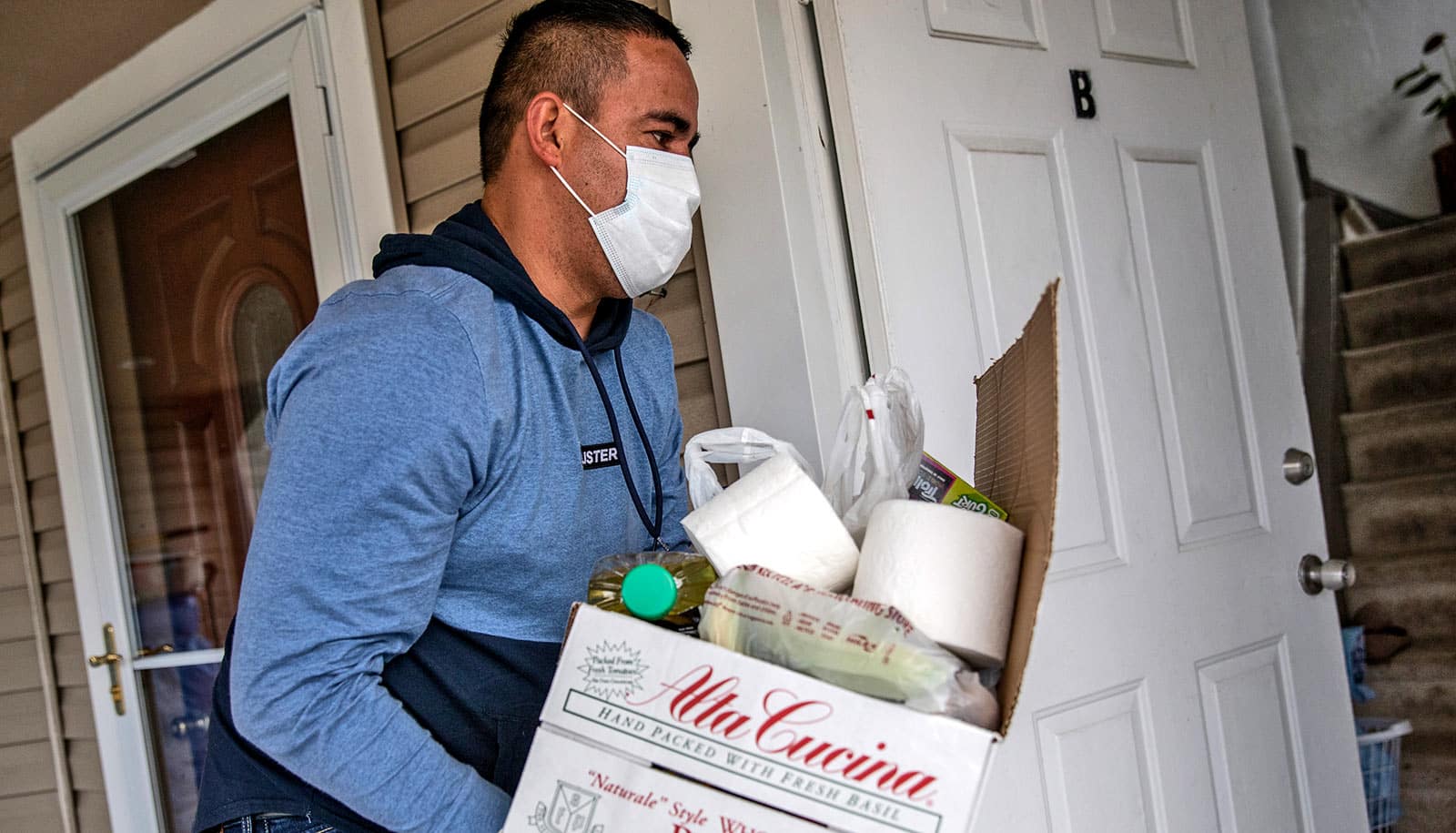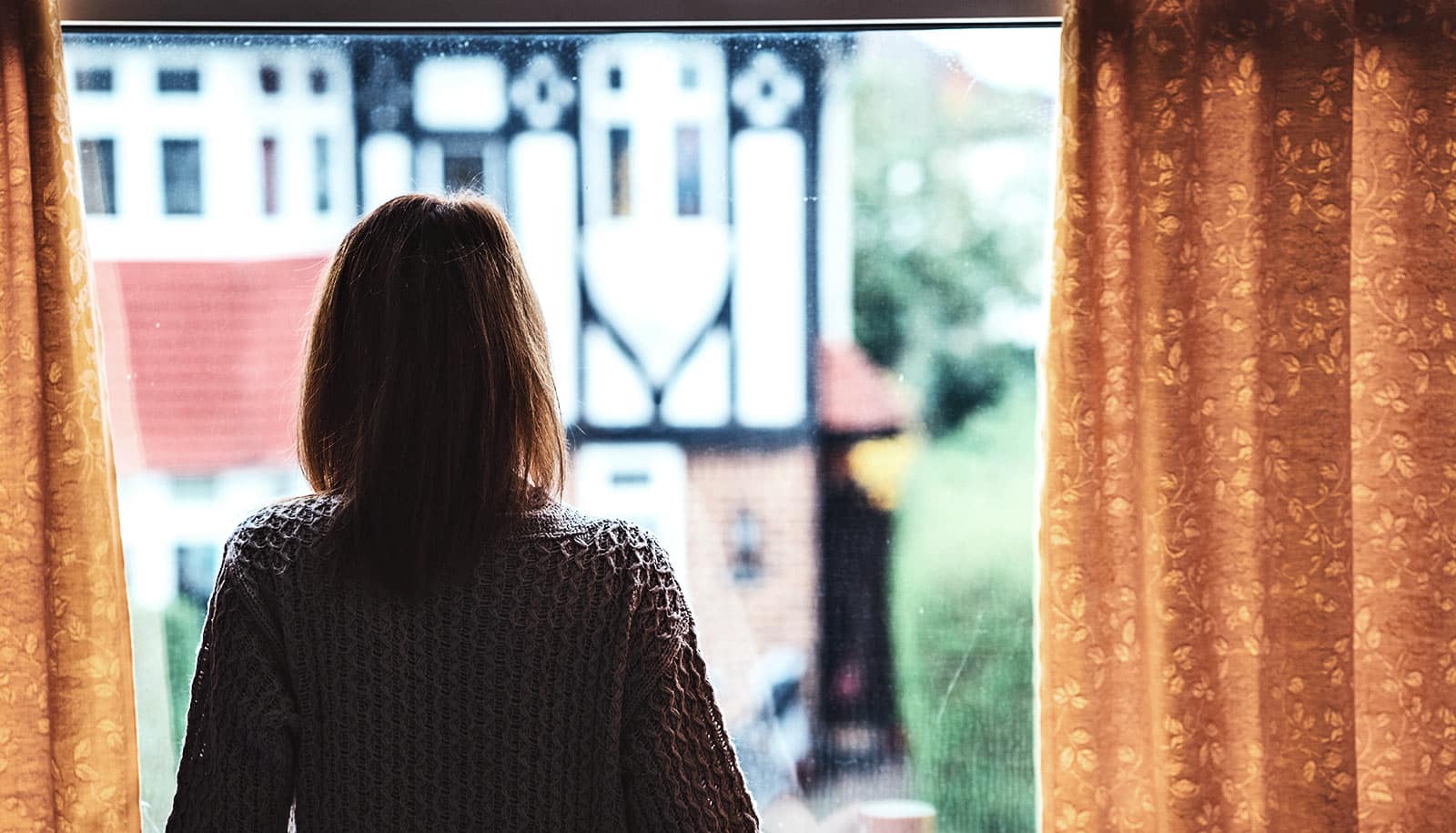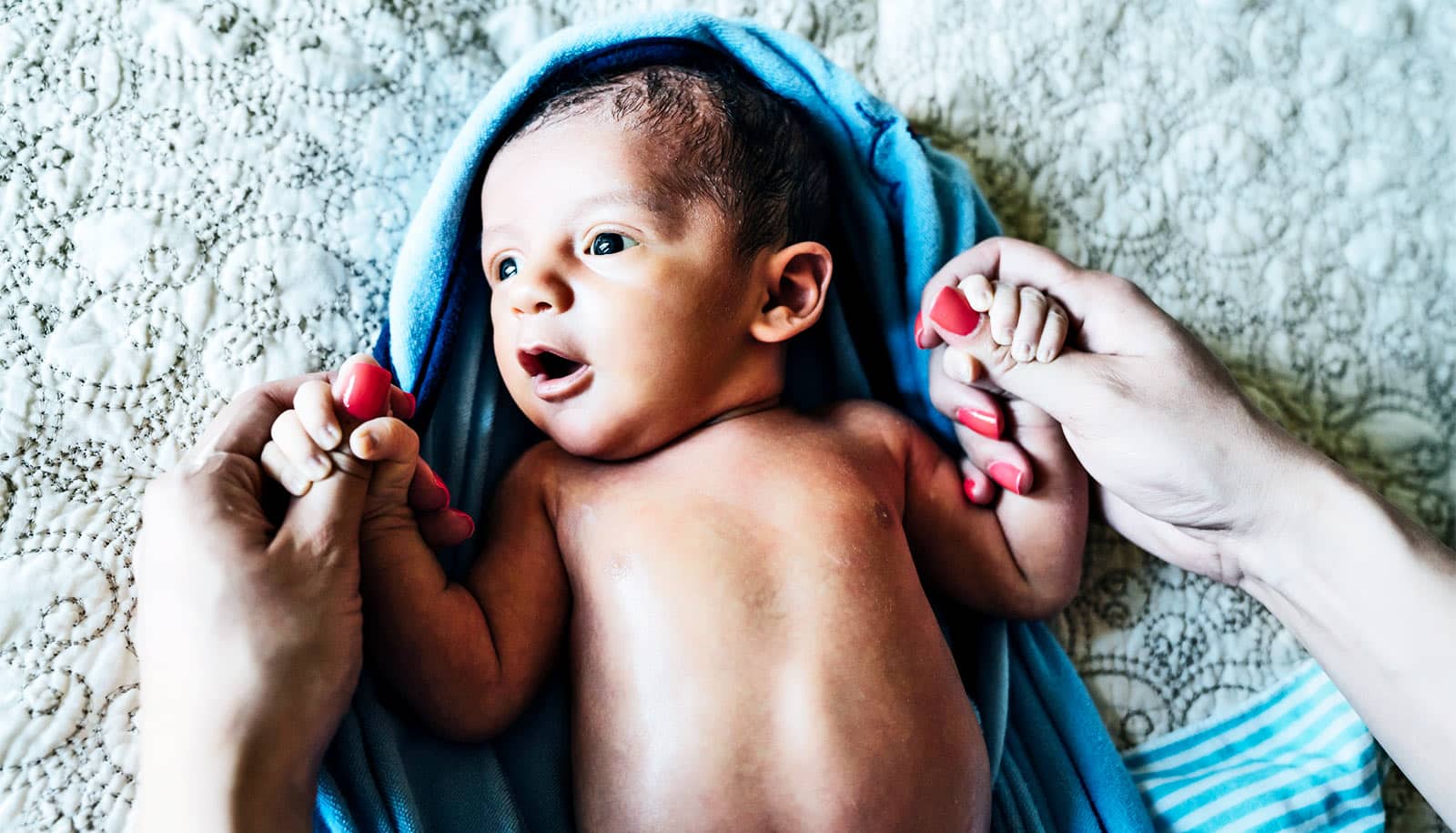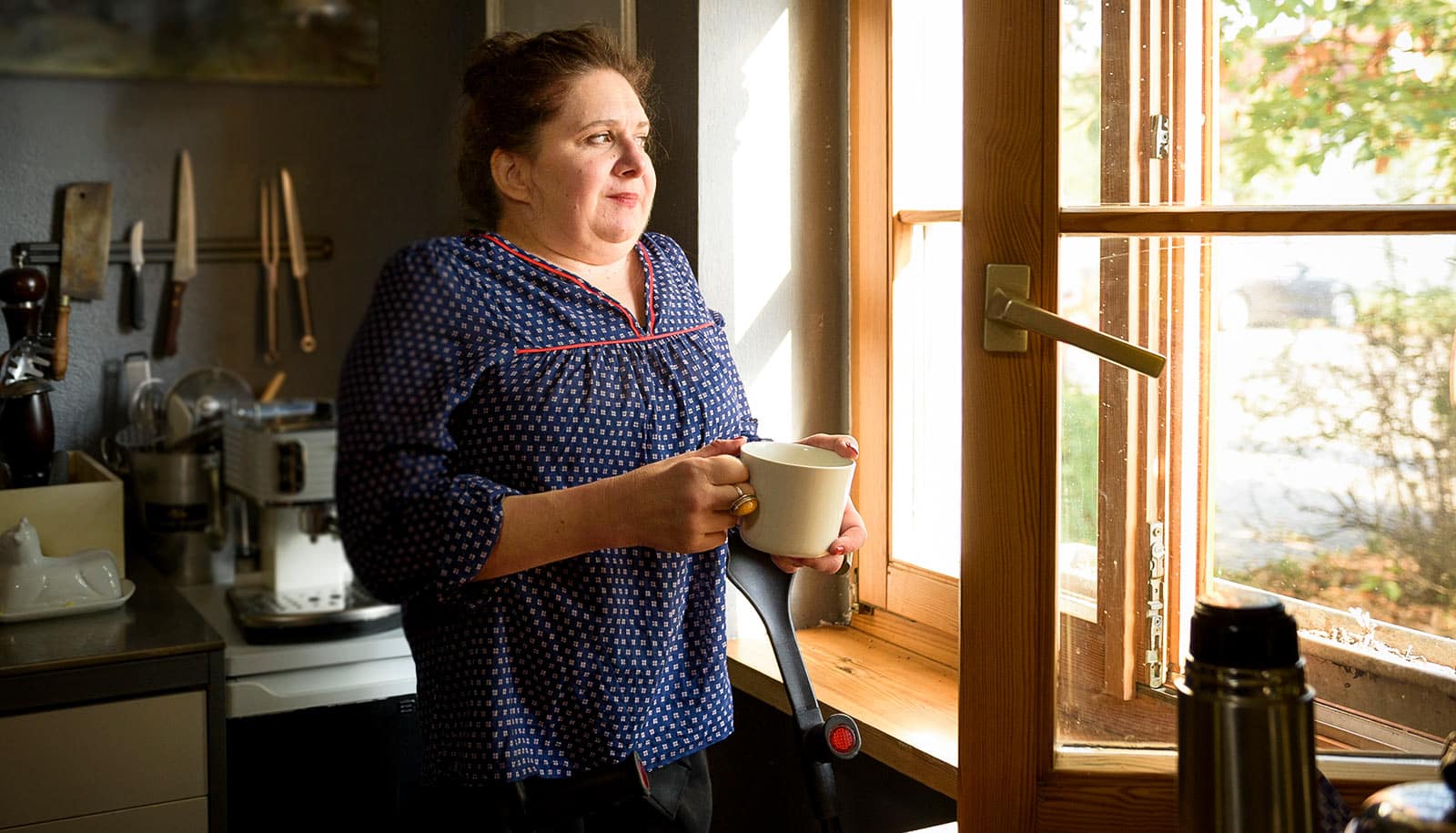During the COVID-19 pandemic, undocumented immigrants face challenges obtaining resources and health care services needed to stay safe.
Karen D’Alonzo, an associate professor at Rutgers School of Nursing and director of the Center for Community Health Partnerships, which works to bridge health disparities in Mexican American neighborhoods in New Brunswick, NJ, says working in unprotected environments, language barriers, and the fear of deportation put immigrants at an even greater risk of getting sick.
D’Alonzo discusses the challenges that immigrants face in daily living and staying well:
What unique challenges do undocumented immigrants face during the pandemic?
Many undocumented immigrants work in service industry positions with little or no job security. These employees have either lost their jobs due to the pandemic—undocumented immigrants do not qualify for unemployment benefits—or continue to work without significant protection, exposing themselves, and by extension their families, to people who may be COVID-positive. They frequently have no advocate in their job that will tell them what steps to take to protect them. Immigrants are less likely to own a car to drive to work and must therefore rely on public transportation, which also increases their risk of exposure to the virus.
Just getting tested for COVID can be an ordeal. At drive-in locations, people are asked to produce a social security number or have a state-issued ID to qualify for free testing. Many undocumented persons lack both of these official forms of identification.
In addition, type 2 diabetes and hypertension are very common among immigrant Mexicans, often beginning in young adulthood. Such individuals are more likely to develop COVID-19 complications requiring hospitalization and suffer from more health conditions and risk of death.
What challenges does this population face in accessing resources or seeking help?
To start, most of the online education materials are written in English and are geared for people with greater resources. For example, in describing the care for a COVID-positive person in a household, most educational materials recommend that infected people be confined to a separate bedroom. In poor immigrant communities, it is common for several families to live together in very close quarters, making the chance of transmitting the virus much greater. To combat this, we created an infographic in Spanish on how families can “quarantine” COVID-positive people in these types of living arrangements.
People who primarily speak Spanish may have a difficult time describing their symptoms to English-speaking health care providers, either in person or via telehealth. Other members of the immigrant community communicate primarily in indigenous languages. In general, immigrants with health care concerns are likely to be far sicker than we think due to delays in accessing the health care system.
How has health care for this population been affected?
Many immigrant people are puzzled as to why they cannot be treated in a doctor’s office, clinic, or emergency department. While these restrictions are in place to protect health care providers, they often view these restrictions as discriminatory or punitive. It takes some time to explain that hospitals are being used to treat only the sickest COVID patients and the remainder of those infected will likely recover with supportive care at home.
Also, low-income people are not accustomed to the use of telehealth to screen potentially infected patients at community health centers and see it as a form of abandonment or a way to keep them from using the clinic due to their undocumented status. I tell these people that the COVID diagnostic and treatment process is new for all of us and assure them that if they become acutely ill and need hospitalization, it will be available for them.
It is ironic that there are an estimated 29,000 health care workers in the United States working on the front lines who are enrolled in the Deferred Action for Childhood Arrivals (DACA) program. Many of these young health care workers are the children of “mixed-status families,” where one or more of their family members are undocumented. These “dreamers” could lose their work permits if the US Supreme Court ends this program that protects them from deportation.
What additional anxieties do undocumented immigrants face?
A fear of deportation is a huge issue for many reasons. Unemployed immigrants are not likely to use resources—like the Supplemental Nutrition Assistance Program, Medicaid, and housing vouchers—for fear of being labeled as a person primarily dependent upon governmental assistance, which would make them vulnerable to being denied residency or green card status per federal policy. They are less likely to seek assistance, such as asking their landlord for additional time to pay their rent, for fear of being identified and deported. They also are suspicious about claims that Immigration and Customs Enforcement will limit enforcement during the coronavirus outbreak, especially near health care facilities.
Source: Rutgers University



